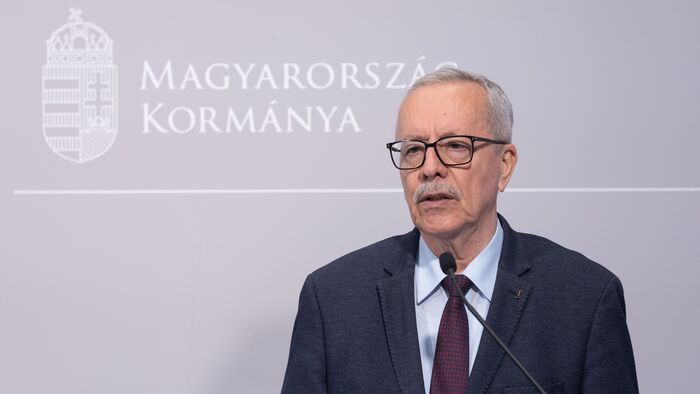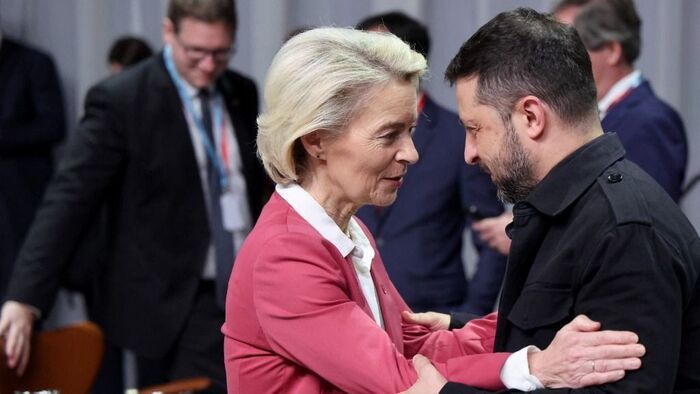In 2024—after a three-year hiatus—annual inflation returned to the 2–4% target range deemed desirable by the Hungarian National Bank (MNB). Both the overall consumer price index and the pensioner-specific consumer price index rose by 3.7% .
The MNB set 3% as the maximum inflation target back in 2005, first achieving it in 2013. In 2015, in response to what was then considered excessively low annual inflation, the central bank redefined the target, introducing upper and lower thresholds. According to the current framework, the target range for the Hungarian forint's inflation is 3% ± 1%.
Since the mid-1970s, it was only from 2013–2020 that Hungary experienced sustained inflation within the 2–4% range .
When evaluating last year, it’s important to highlight that inflation rate expectations at the beginning of the year were significantly higher. The MNB’s inflation report from September 2023—which was used to plan the 2024 budget and to determine pension adjustments—
had projected an annual inflation rate of 4–6% for 2024.
As a result, the government decided to raise pensions by 6% last year. Additionally, this projection informed the decision of the Permanent Consultative Forum of the Private Sector and the Government (VKF) to increase the minimum wage by 15% and the guaranteed minimum wage by 10%.
| 2024 annual growth rates (%) | Consumer price index (%) | Real growth (%) | |
|---|---|---|---|
| Pensions | 6 | 3.7 | 2.2 |
| Minimum wage / GYED* maximum | 15 | 3.7 | 10.9 |
| Guaranteed minimum wage | 10 | 3.7 | 6,.1 |
| *Childcare benefits |
At present, only wage data from January–October is available. During the first ten months of the year, the gross average wage increased by 13.6%. A similar, perhaps slightly lower, annual average is expected. (The annual average may be lower due to the December 2023 minimum wage increase, which resulted in a higher “base” for December than in previous months of the year.) It appears certain that last year’s real wage growth will approach 10%, exceeding 9%. This marks Hungary’s third-largest real wage growth since 1992 (the highest being 12.3% in 2002, followed by 10.3% in 2017).
When comparing 2024 average wages to 2019 levels, real wages have grown by 20%—despite the “polycrises” period. This means purchasing power has increased by this margin since 2019, the last pre-COVID “peaceful” year.
While December's inflation data was slightly higher than in previous months of the year, this was expected, mainly due to base effects. Inflation figures in the coming months are expected to be lower than December’s.
The MNB’s latest December inflation report forecasts inflation of 3.3–4.1% for this year, indicating that the pace of price increases is expected to further slow.
Currently, only December inflation data for the 20 countries of the euro area is available. The eurozone experienced 2.4% inflation in 2024, exceeding its desired level, as the eurozone aims to keep consumer price increases below 2%. The euro area has been unable to return to its target range since 2020, as noted by Piroska Szalai, senior advisor to the prime minister and a researcher at the Institute of Economics and Competitiveness at the National University of Public Service, in an article published on Mandiner.
Cover photo: Illustration (Photo: Pexels)























Szóljon hozzá!
Jelenleg csak a hozzászólások egy kis részét látja. Hozzászóláshoz és a további kommentek megtekintéséhez lépjen be, vagy regisztráljon!